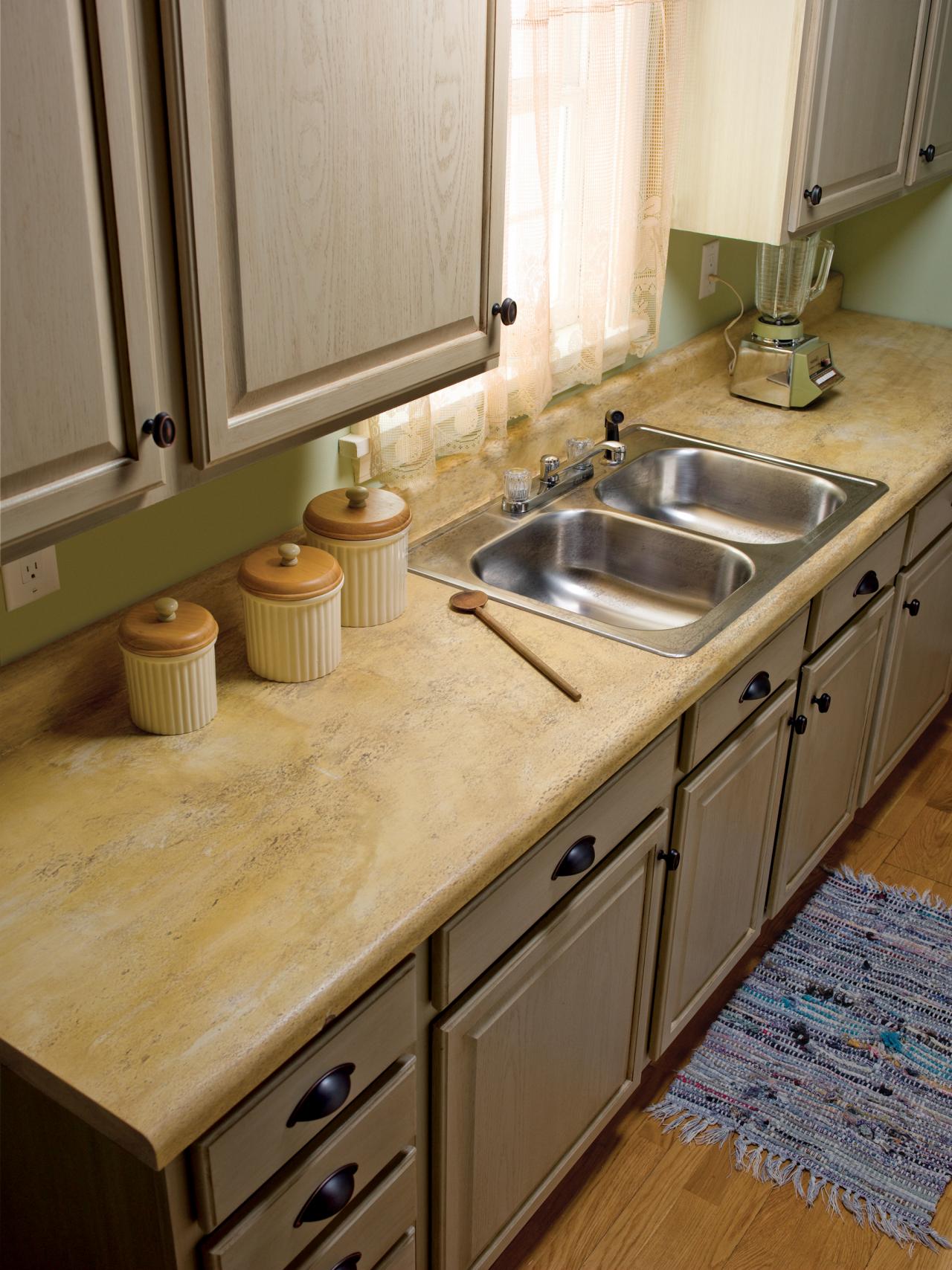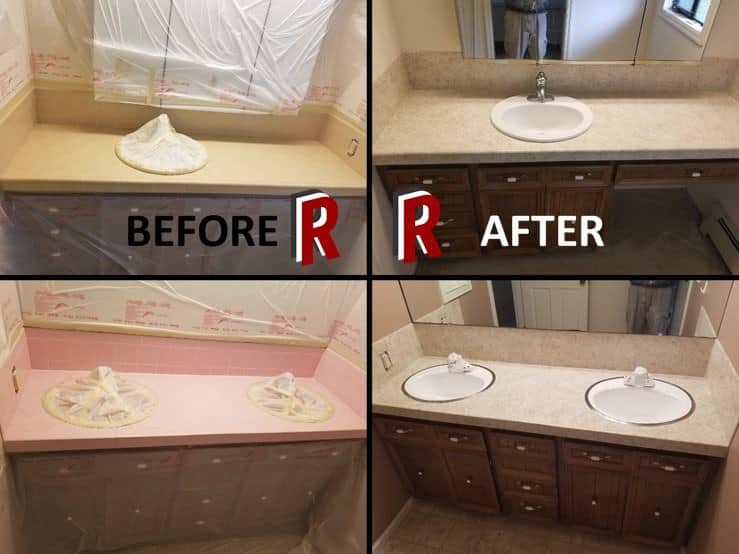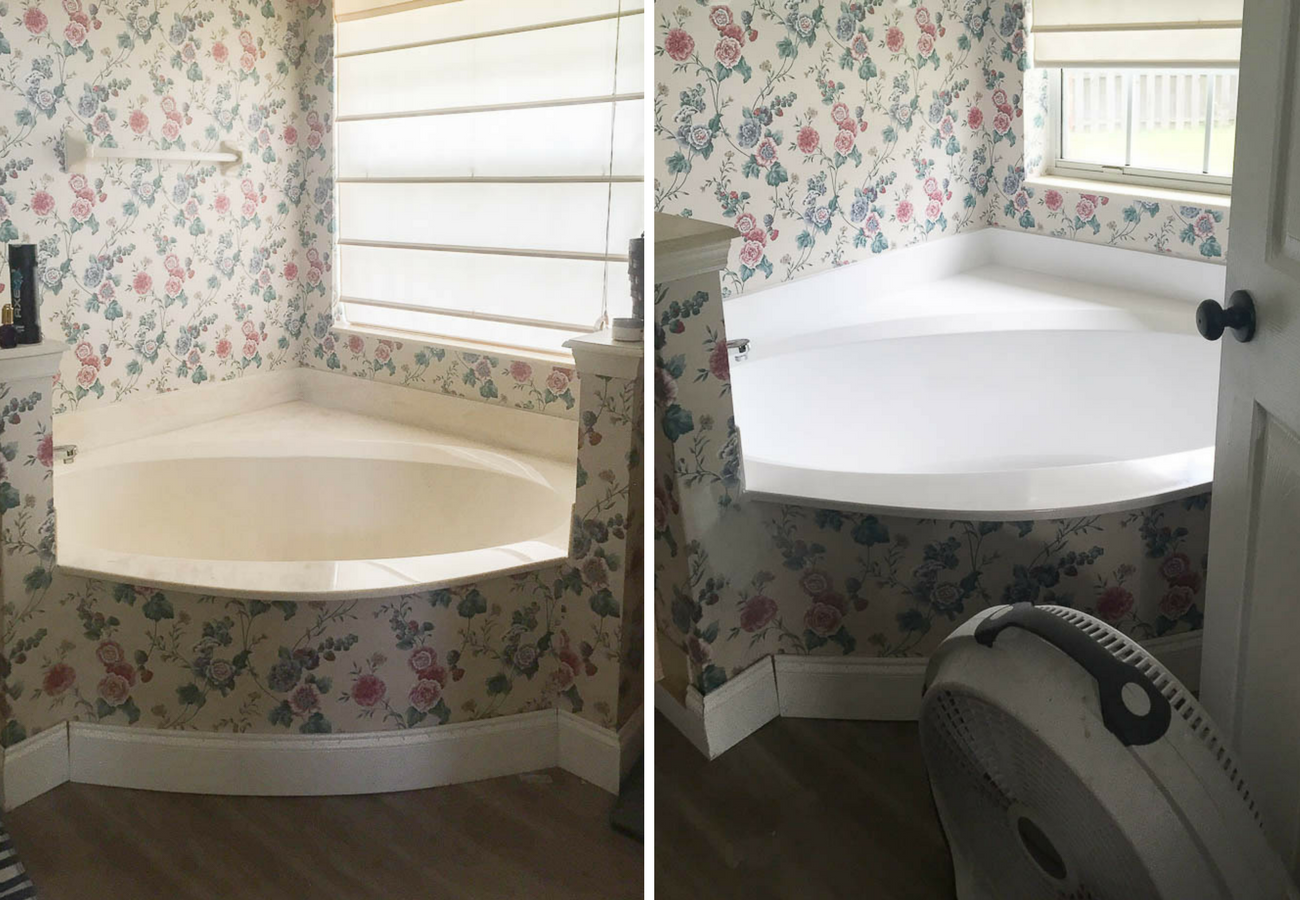Bathroom Countertop Refinishing Guide
Refinishing bathroom countertops is a cost-effective and efficient way to update and revitalize your bathroom without undergoing a full renovation. This process involves repairing, resurfacing, and refinishing your existing countertops to give them a fresh, new look. In this guide, we will walk you through the various aspects of bathroom countertop refinishing, including its benefits, the steps involved, materials and tools needed, common mistakes to avoid, and frequently asked questions.
Benefits of Refinishing Bathroom Countertops
Refinishing your bathroom countertops offers numerous advantages over replacing them entirely. One of the primary benefits is cost savings. Replacing countertops can be expensive, especially when considering the cost of materials and labor. Refinishing, on the other hand, can be done at a fraction of the cost, providing a budget-friendly solution for updating your bathroom’s appearance.
Another significant benefit is the time saved. Replacing countertops involves removing the old ones, which can be time-consuming and disruptive. Refinishing can often be completed in a day or two, minimizing the inconvenience and downtime typically associated with home improvement projects.

Additionally, refinishing is an environmentally friendly option. By opting to refinish rather than replace, you reduce the amount of waste sent to landfills. This sustainable choice helps in conserving natural resources and reducing your carbon footprint, making it a greener alternative.
Refinishing also allows for customization. You can choose from a variety of colors, finishes, and textures to achieve the exact look you desire. Whether you prefer a sleek, modern design or a classic, timeless appearance, refinishing can accommodate your aesthetic preferences.
The process of refinishing can also address minor damage and wear on your countertops. Small chips, scratches, and stains can be repaired and covered, resulting in a smooth and uniform surface. This restoration not only enhances the appearance but also extends the lifespan of your countertops.
Finally, refinishing can increase the value of your home. A well-maintained and updated bathroom is a significant selling point for potential buyers. By investing in refinishing, you can improve the overall appeal of your home and potentially increase its market value.

The Steps Involved in Bathroom Countertop Refinishing
Refinishing bathroom countertops involves several key steps to ensure a professional and durable result. The first step is to thoroughly clean the countertops. This involves removing all dirt, grime, and soap scum from the surface. A clean surface is essential for the refinishing materials to adhere properly.
Next, any damage to the countertops must be repaired. This includes filling in cracks, chips, and holes with a suitable filler. Once the filler has dried, it should be sanded smooth to create an even surface. This step is crucial for achieving a flawless finish.
The third step is to apply a primer. The primer helps the topcoat adhere better to the surface and provides a uniform base for the refinishing paint. It is important to use a primer that is compatible with both the existing countertop material and the refinishing paint.
After the primer has dried, the refinishing paint is applied. This can be done using a brush, roller, or spray, depending on the type of paint and the desired finish. Multiple thin coats are usually recommended to achieve a smooth and durable surface. Each coat should be allowed to dry completely before applying the next one.
Once the final coat of paint has dried, a clear topcoat is applied. The topcoat provides an additional layer of protection against moisture, stains, and everyday wear and tear. It also enhances the shine and overall appearance of the countertops.
The final step is to allow the countertops to cure fully. This usually takes several days, during which time the countertops should not be used or exposed to water. Proper curing ensures that the finish is hard and durable, providing long-lasting results.

Materials and Tools Needed for Refinishing
To successfully refinish bathroom countertops, you will need a variety of materials and tools. The specific items required can vary depending on the type of countertops and the refinishing products you choose. However, there are some common materials and tools that are typically needed.
One of the essential materials is a high-quality cleaner. This is used to thoroughly clean the countertops before beginning the refinishing process. It is important to choose a cleaner that is effective at removing all types of residue without leaving behind any traces that could interfere with the refinishing materials.
For repairing any damage, you will need a suitable filler. Epoxy or resin-based fillers are commonly used for this purpose as they are durable and can be sanded smooth once dry. Sandpaper or a sanding block in various grits will also be necessary to ensure a smooth and even surface for refinishing.
A primer is an essential material that helps the paint adhere better to the countertop surface. Ensure that the primer is specifically designed for use on the type of countertop material you have, whether it be laminate, granite, or another surface.
The refinishing paint is arguably the most critical material in the process. Choose a paint that is designed for countertops and is water-resistant and durable. These paints are often epoxy-based or acrylic, providing a tough finish that can withstand the rigors of daily bathroom use.
For application, you will need brushes, rollers, or a spray gun, depending on the refinishing method you choose. Brushes and rollers are suitable for most DIY refinishing projects, while a spray gun can offer a more professional, smooth finish if you are comfortable using one.
A clear topcoat is necessary to seal and protect the newly refinished surface. This topcoat should be durable, water-resistant, and able to withstand exposure to bathroom conditions. Polyurethane or epoxy topcoats are commonly used for this purpose.
Finally, safety equipment is essential. This includes gloves, goggles, and a mask to protect yourself from fumes and dust during the refinishing process. Adequate ventilation is also crucial, so working in a well-ventilated area or using fans to circulate air is recommended.

Common Mistakes to Avoid
Refinishing bathroom countertops can be a rewarding DIY project, but several common mistakes can lead to less-than-desirable results. Being aware of these mistakes can help you avoid them and achieve a professional-looking finish.
One of the most common mistakes is inadequate surface preparation. Skipping or rushing through the cleaning and sanding steps can prevent the new finish from adhering properly. Ensure that the countertop is thoroughly cleaned and free of all debris, and take the time to sand it smooth.
Another frequent error is not repairing damage adequately. Failing to fill in chips, cracks, or holes can result in an uneven surface that will show through the new finish. Use a high-quality filler and ensure it is completely dry and sanded smooth before proceeding.
Choosing the wrong type of paint or refinishing products is another mistake to avoid. It is essential to select products that are specifically designed for countertops and are compatible with the material of your countertops. Using the wrong products can result in a finish that is not durable or water-resistant.
Applying too thick a coat of paint or not allowing enough drying time between coats can lead to a finish that is prone to peeling or chipping. It is better to apply multiple thin coats, allowing each one to dry completely before applying the next. This ensures a smooth and durable finish.
Neglecting proper ventilation and safety precautions is also a common mistake. Many refinishing products contain strong chemicals that can be harmful if inhaled. Always work in a well-ventilated area and use appropriate safety gear, including gloves, goggles, and a mask.
Finally, not allowing sufficient curing time before using the countertops can compromise the finish. Even if the surface feels dry to the touch, it may not have fully cured. Follow the manufacturer’s recommendations for curing time to ensure that the finish is hard and durable.

How long does refinishing bathroom countertops take?
The refinishing process typically takes a few days to complete. The initial preparation, including cleaning and sanding, can take several hours. Applying the primer, paint, and topcoat requires time between each step for drying, which can extend the project to two to three days. Additionally, the countertops need to be cured for several days after the final coat, so it is best to plan for about a week before the countertops are ready for regular use.
Is refinishing a good option for all types of bathroom countertops?
Refinishing is a versatile option that works well for many types of bathroom countertops, including laminate, tile, and solid surfaces like granite or marble. However, the specific refinishing products and methods may vary depending on the material. It’s important to choose products that are compatible with your countertop material and follow the manufacturer’s recommendations for the best results.
How durable is a refinished countertop?
A properly refinished countertop can be very durable and withstand the daily wear and tear of a bathroom environment. The durability largely depends on the quality of the refinishing products used and the thoroughness of the preparation and application process. When done correctly, a refinished countertop can last for several years, providing a cost-effective and long-lasting solution.
Can I change the color or finish of my countertop through refinishing?
Yes, refinishing allows you to change the color and finish of your bathroom countertops. You can choose from a wide range of colors and finishes to achieve the look you desire. Whether you prefer a glossy, matte, or textured finish, refinishing offers the flexibility to customize the appearance of your countertops to match your design preferences.
Is refinishing a DIY project, or should I hire a professional?
Refinishing bathroom countertops can be a DIY project if you have some basic handyman skills and are comfortable with the necessary steps and materials. However, for those who prefer not to tackle the project themselves or want a guaranteed professional result, hiring a professional refinishing service is a good option. Professionals have the experience and tools to ensure a high-quality finish and can often complete the project more quickly and efficiently.
Bathroom countertop refinishing is an excellent way to rejuvenate your bathroom without the expense and hassle of a full renovation. By understanding the benefits, following the proper steps, using the right materials and tools, and avoiding common mistakes, you can achieve a beautiful, durable finish that enhances the look and functionality of your bathroom. Whether you choose to tackle the project yourself or hire a professional, refinishing offers a cost-effective and eco-friendly solution for updating your bathroom countertops.

Remodelaholic Painted Bathroom Sink and Countertop Makeover

How To Refinish Bathroom Cabinets DIY Domestic Blonde

How to Resurface Countertops

Bathroom Countertop Refinishing – A budget friendly bathroom update

Related articles: